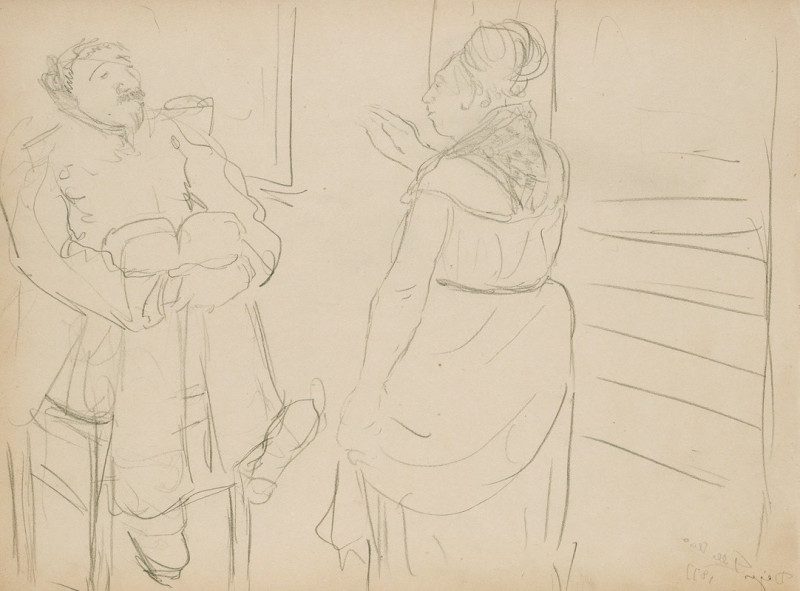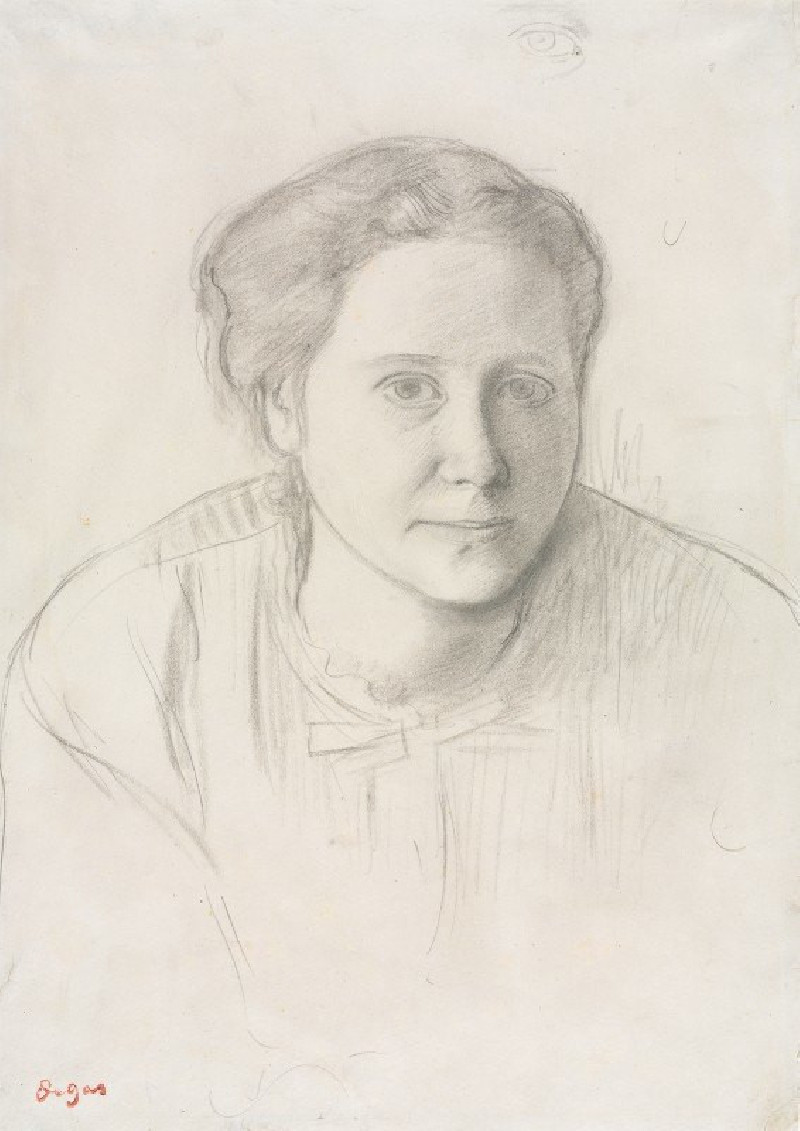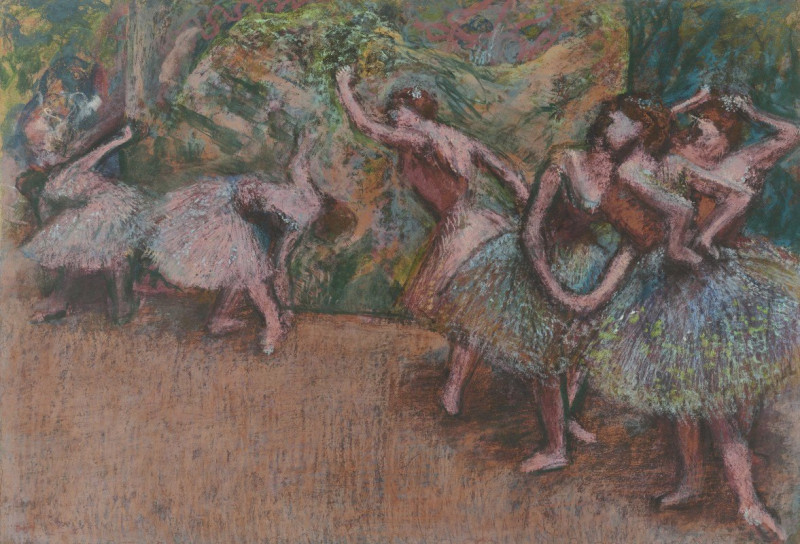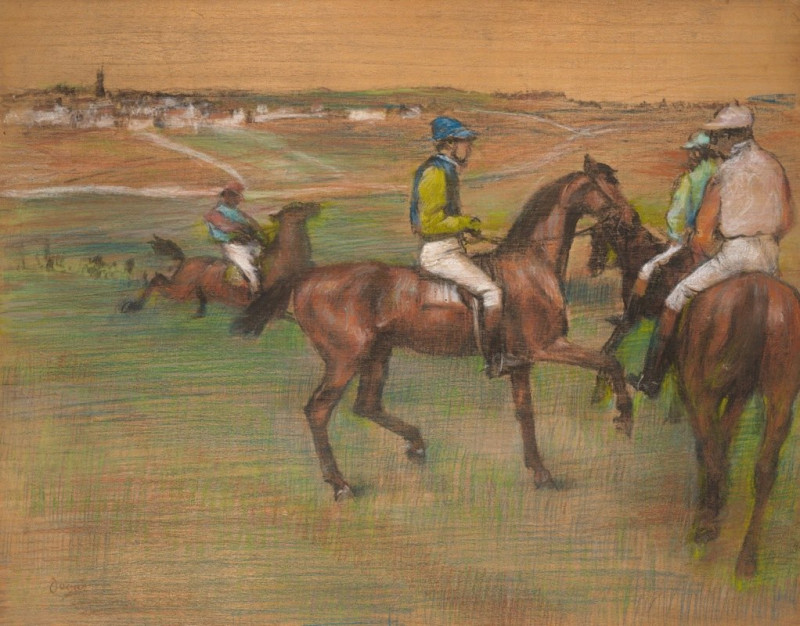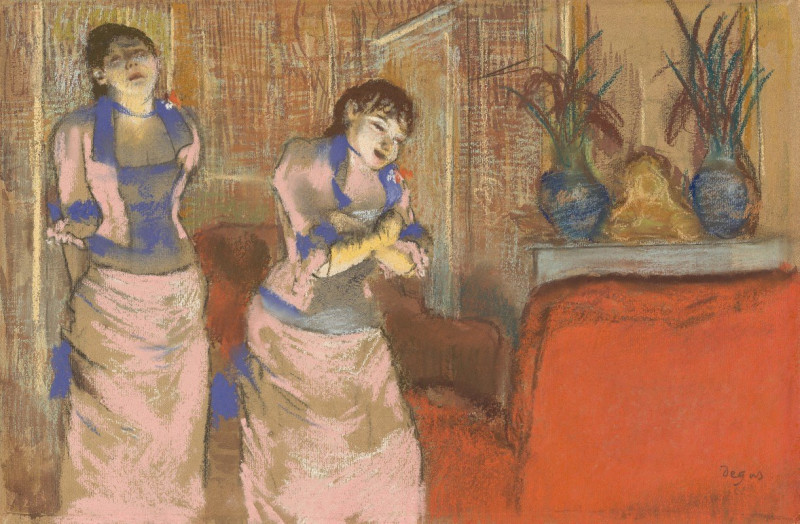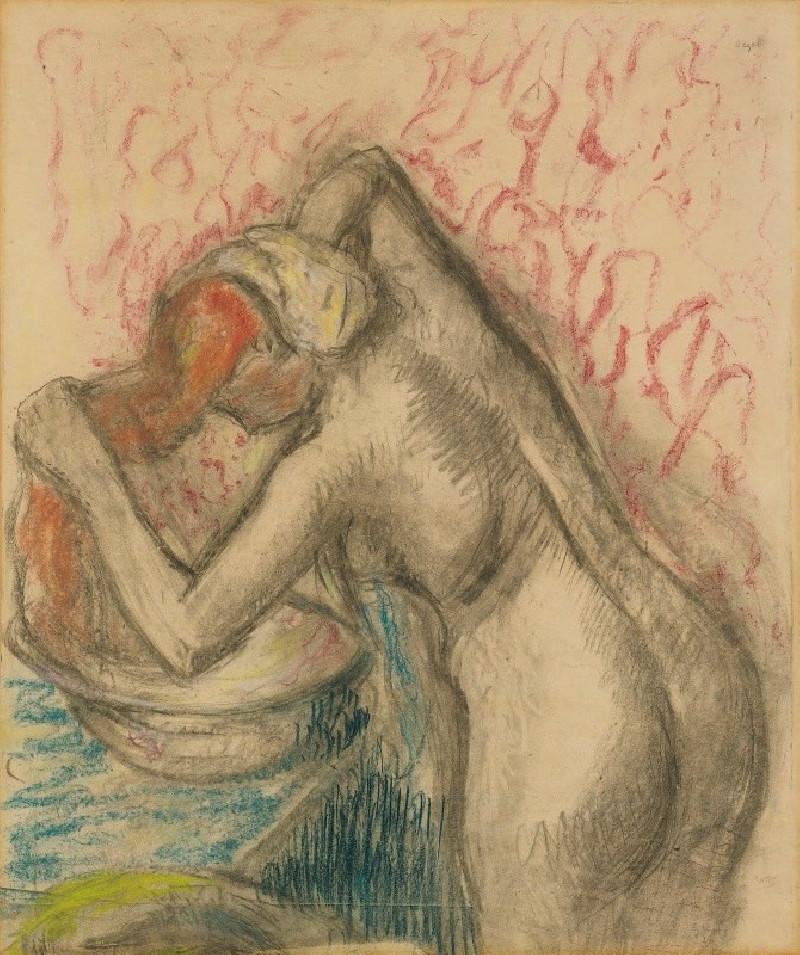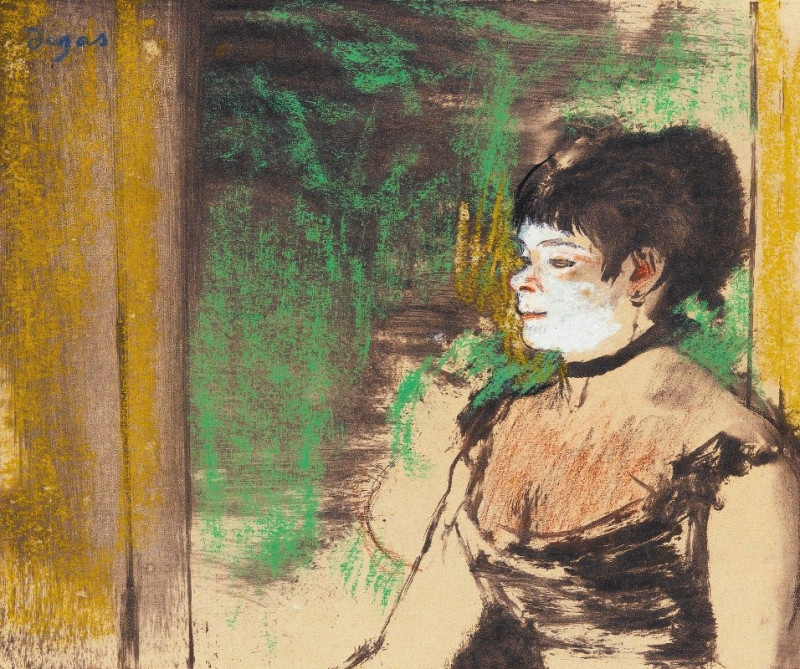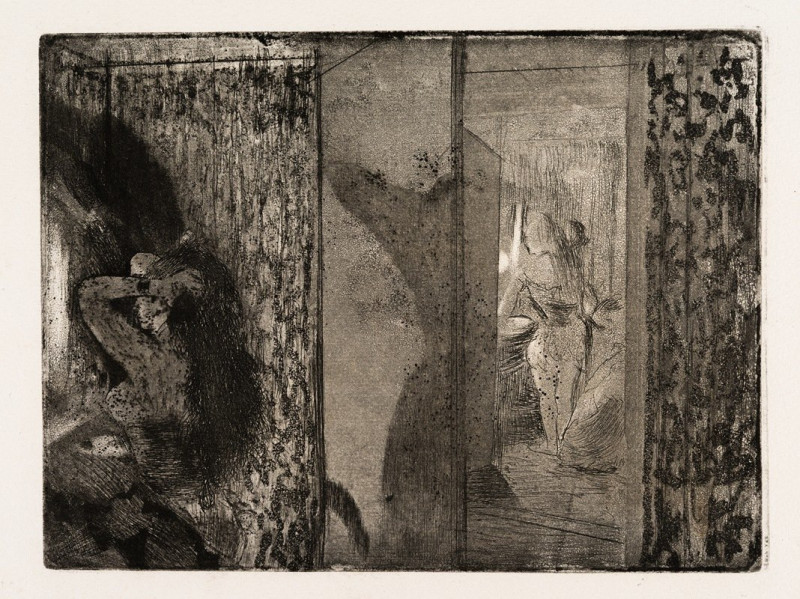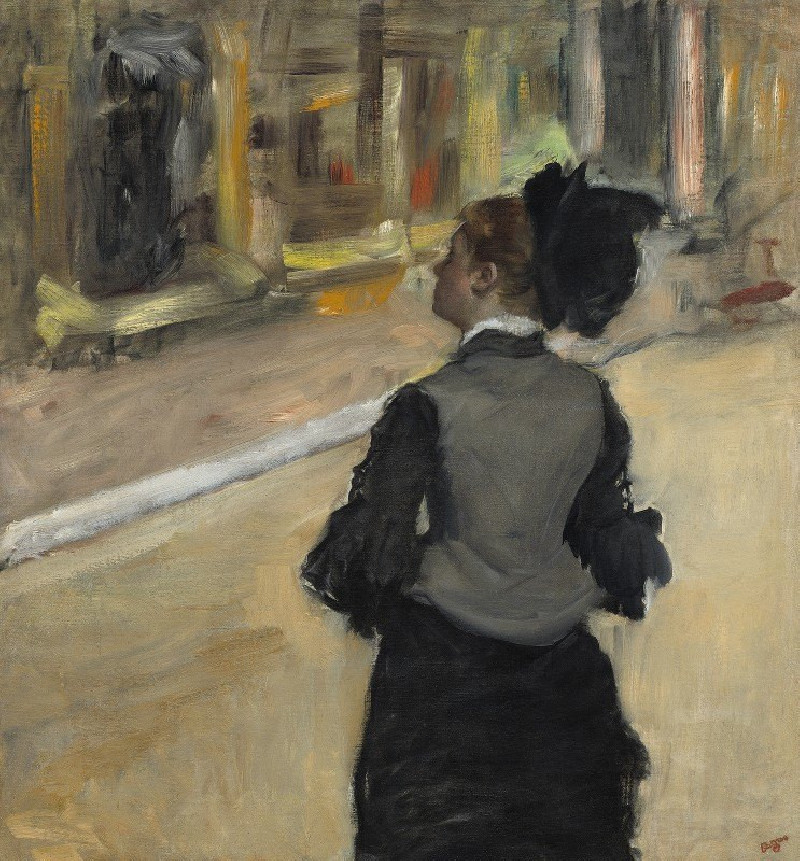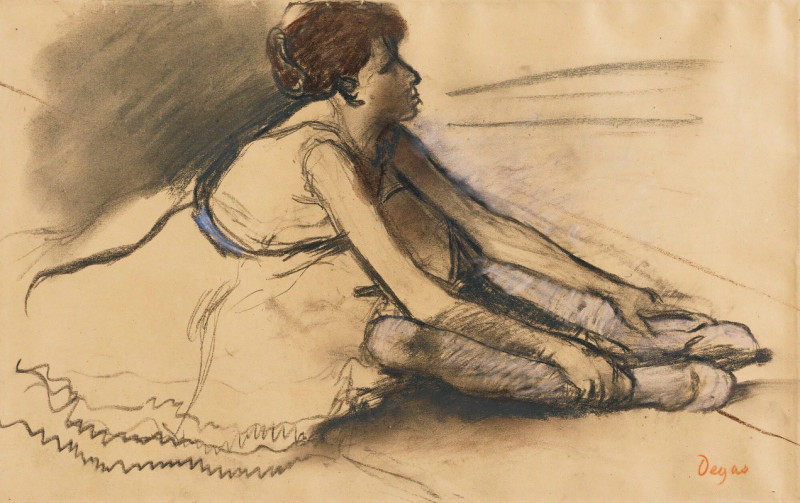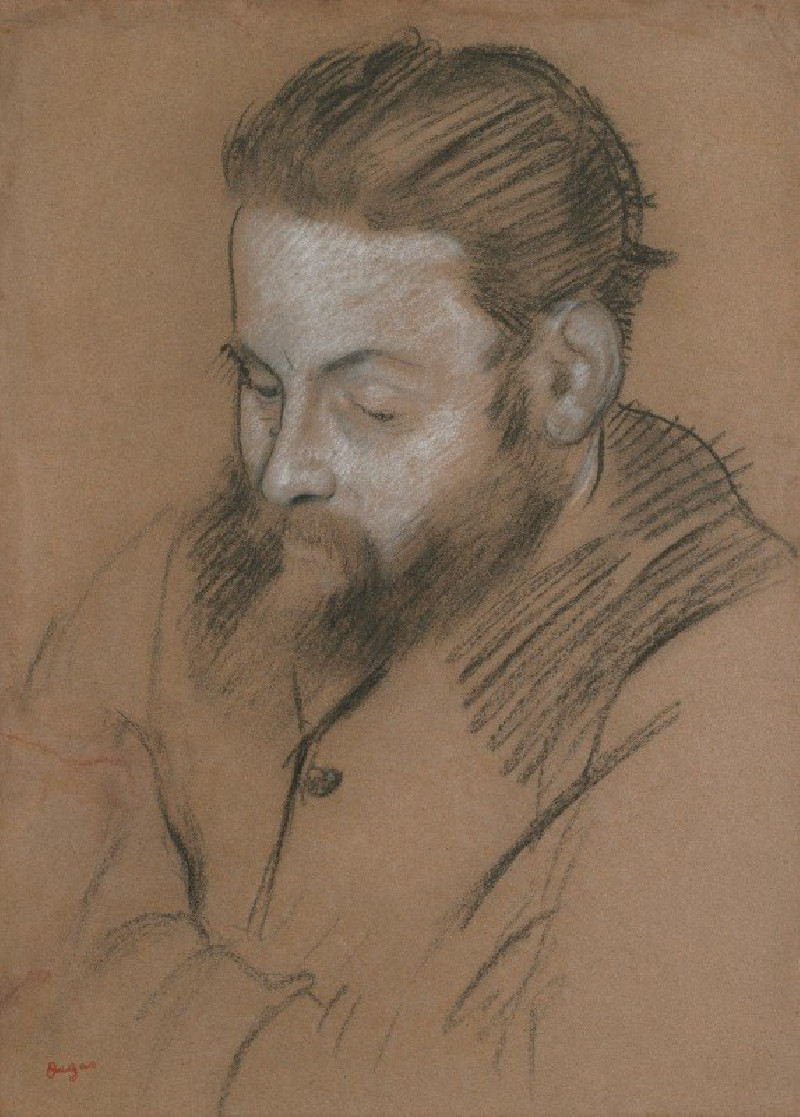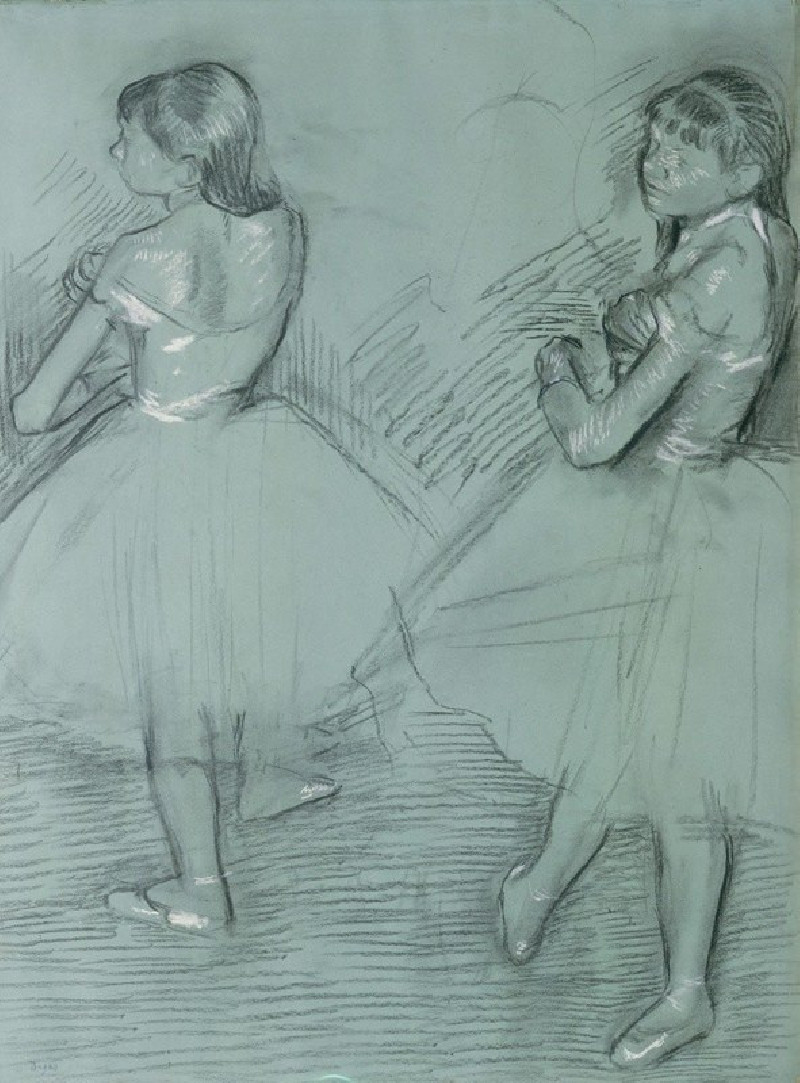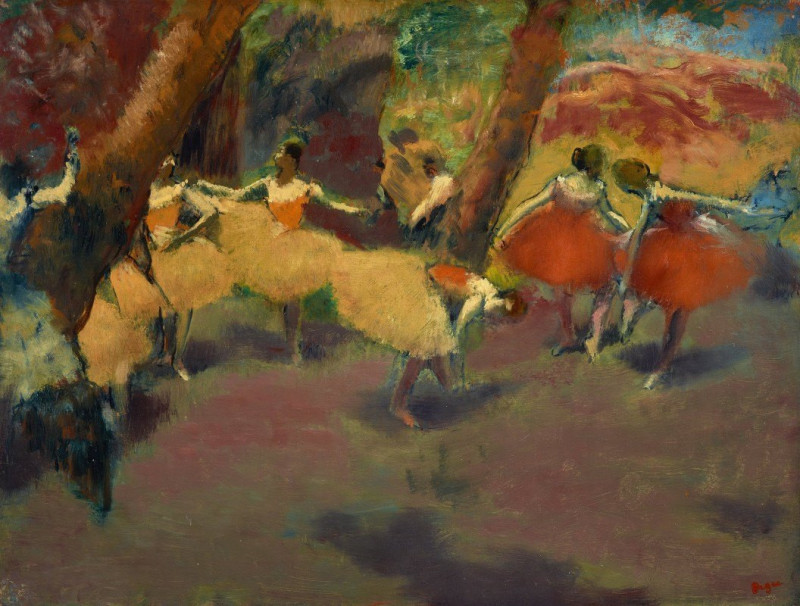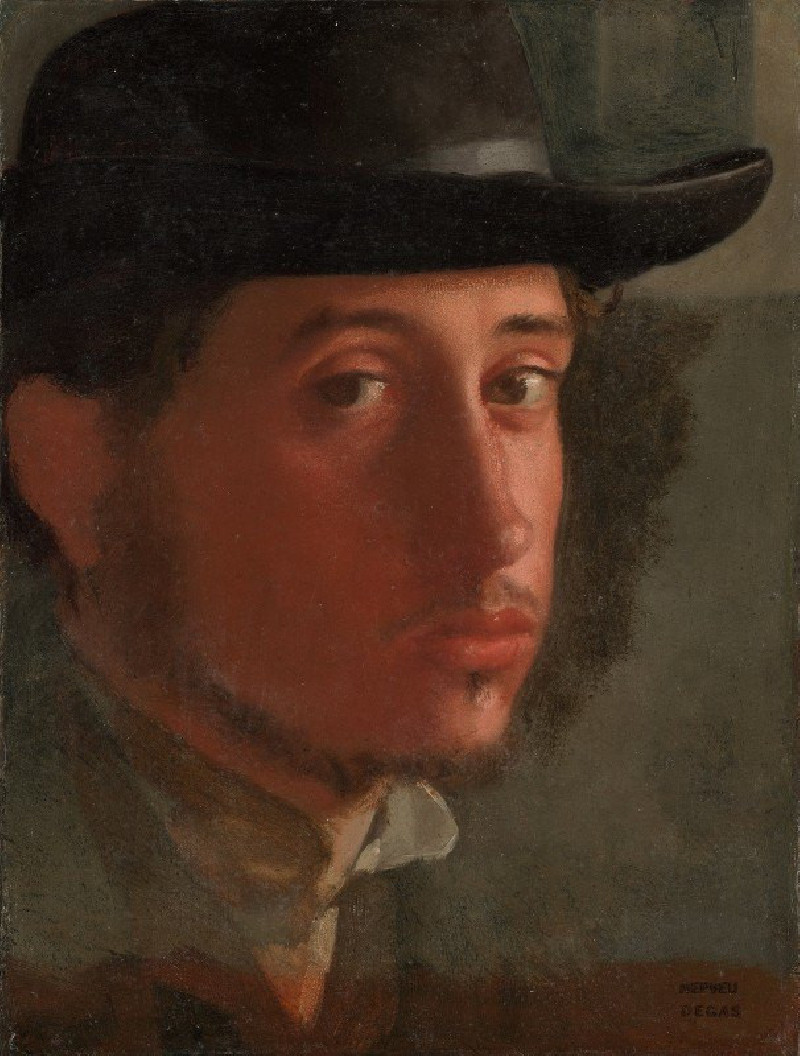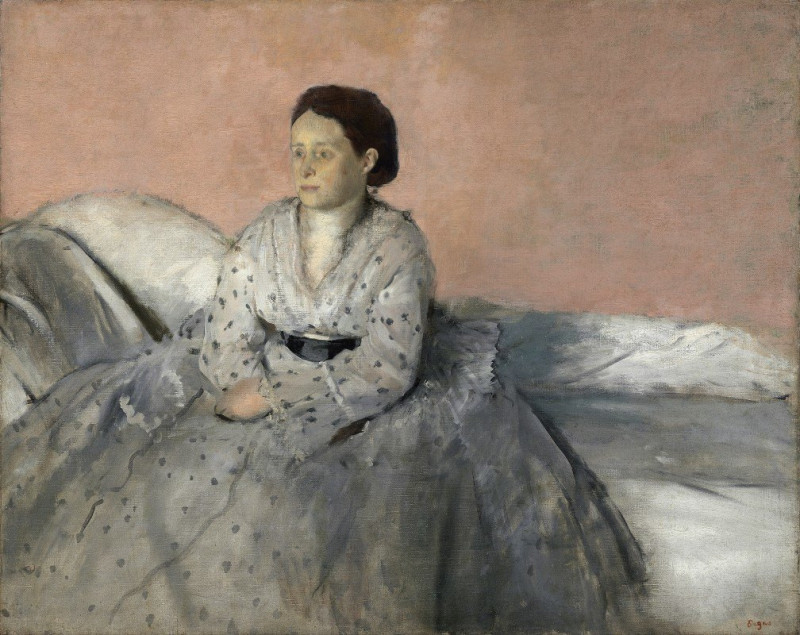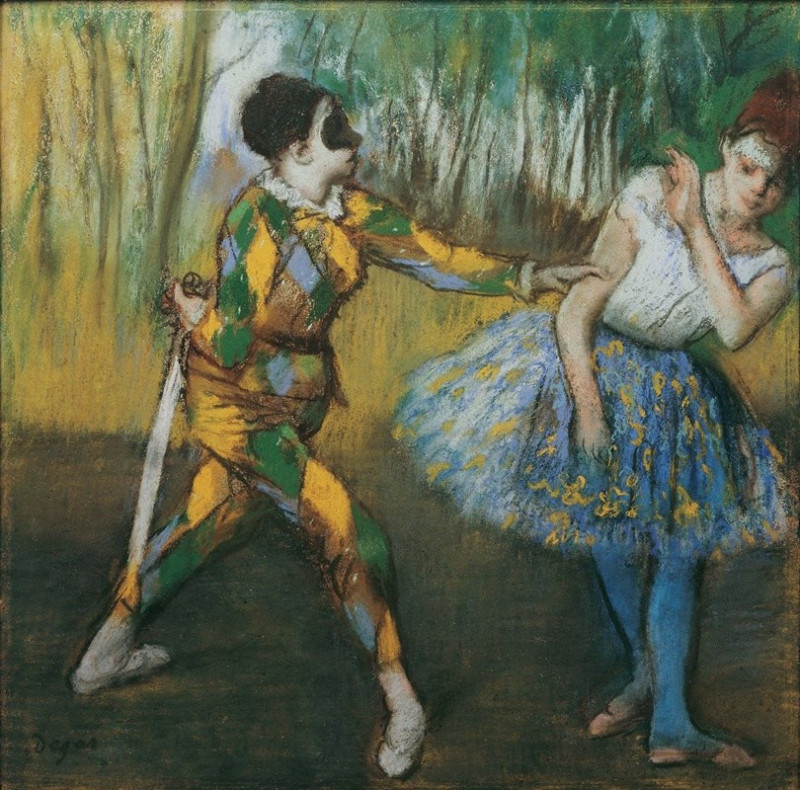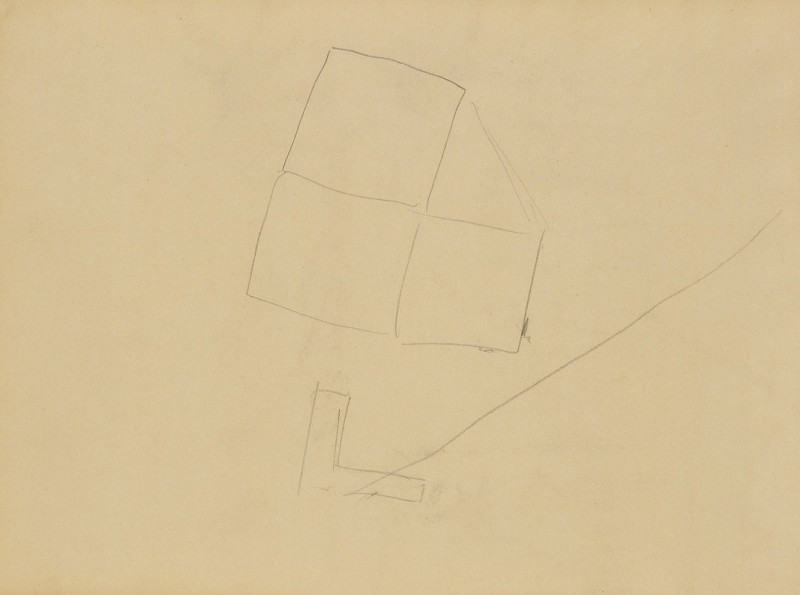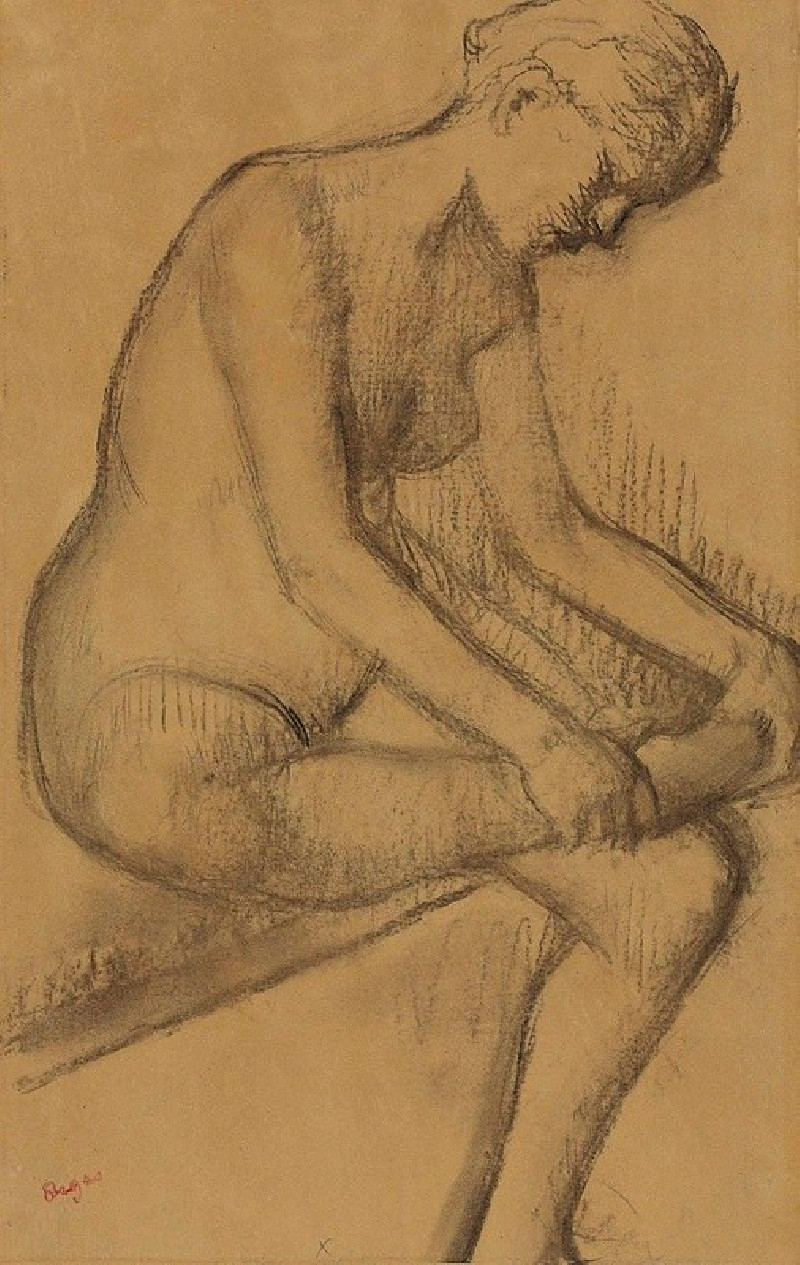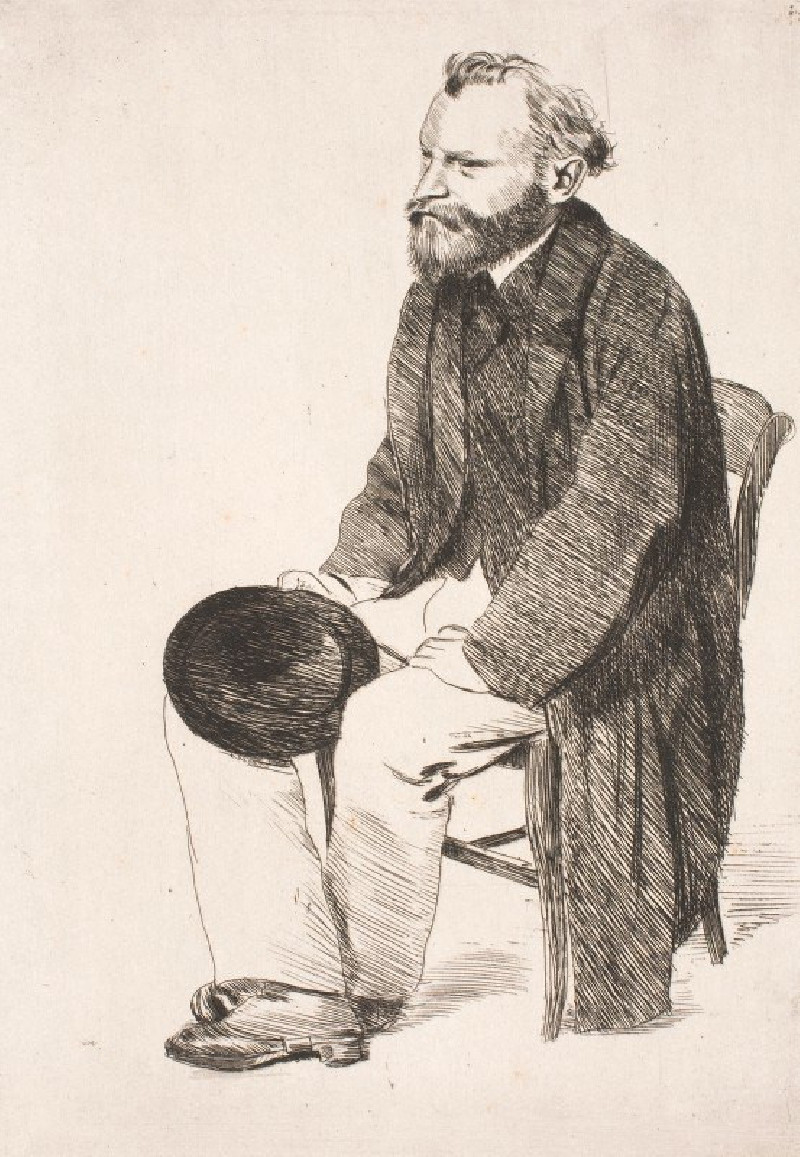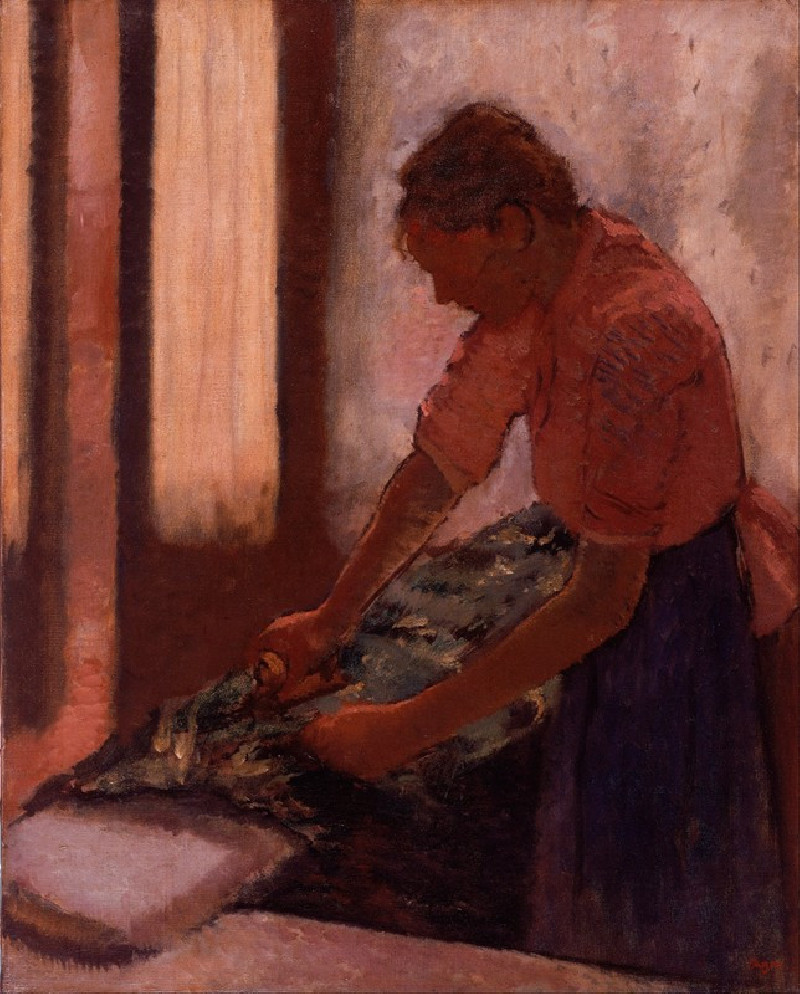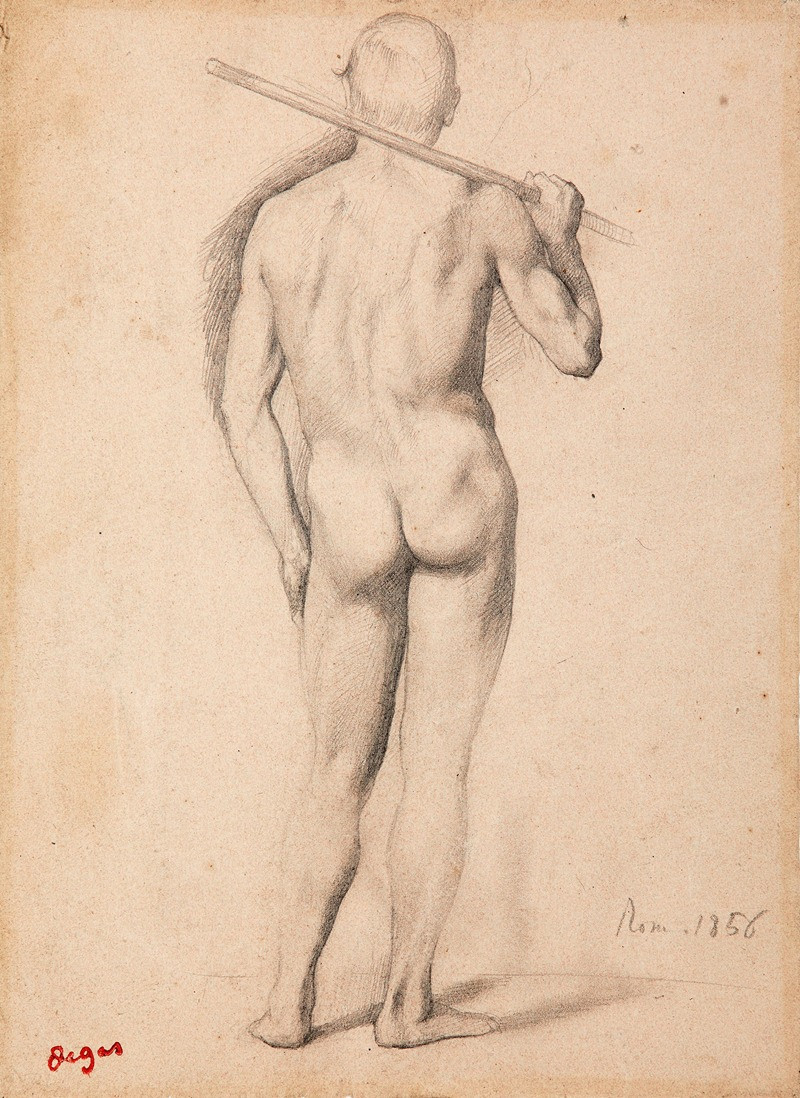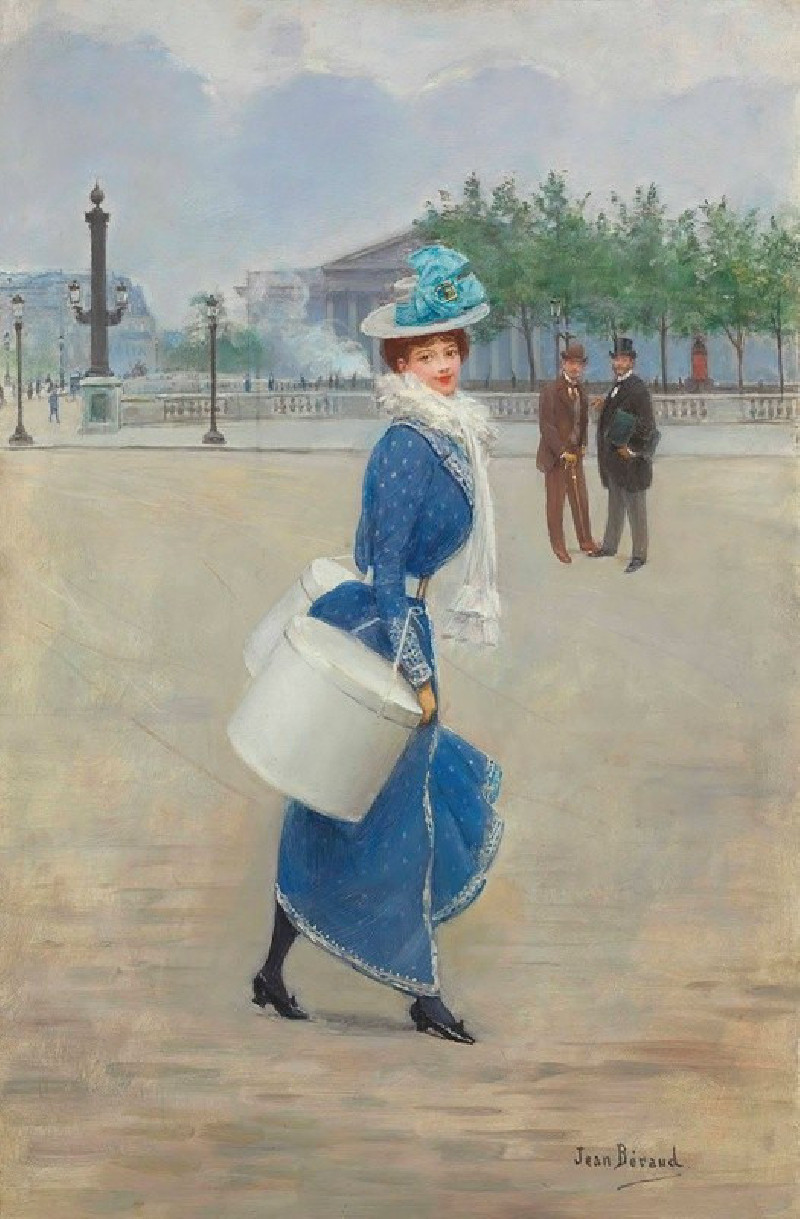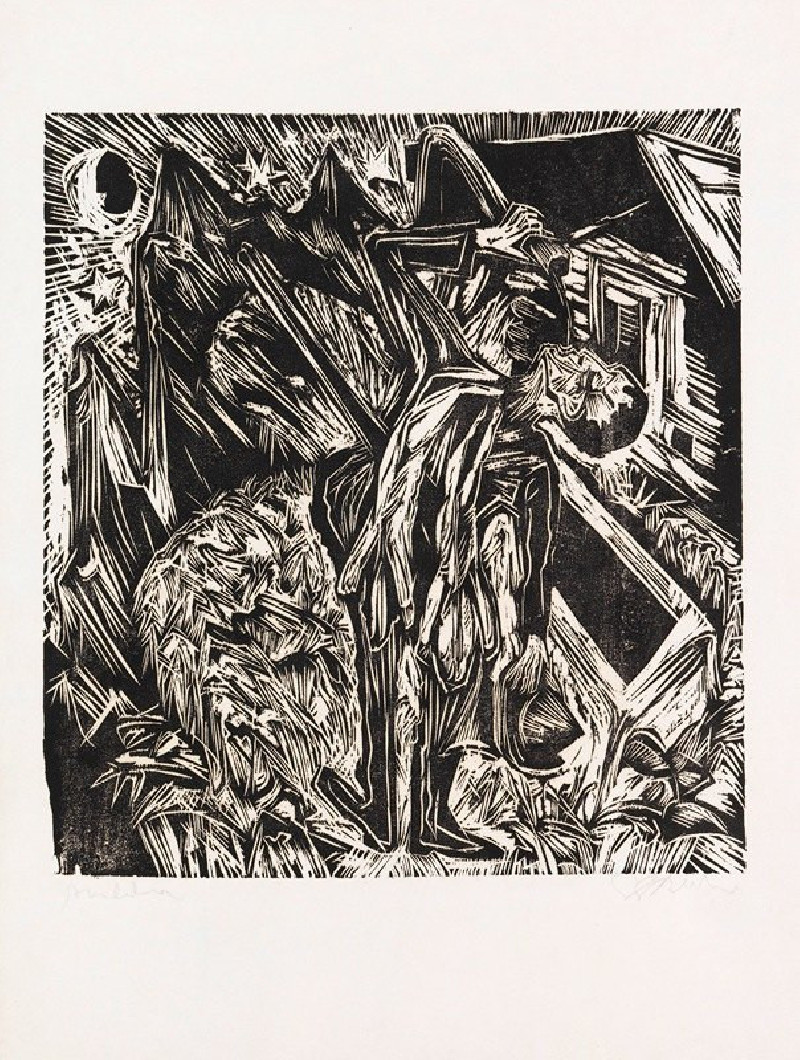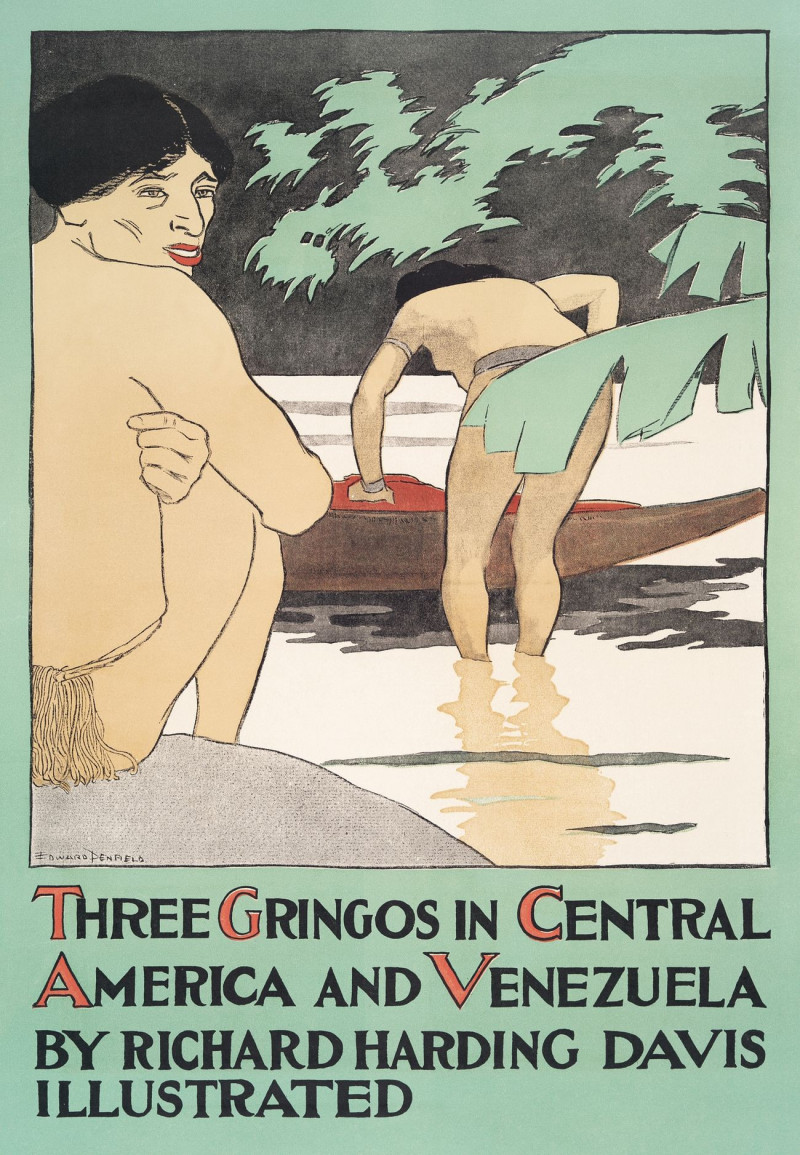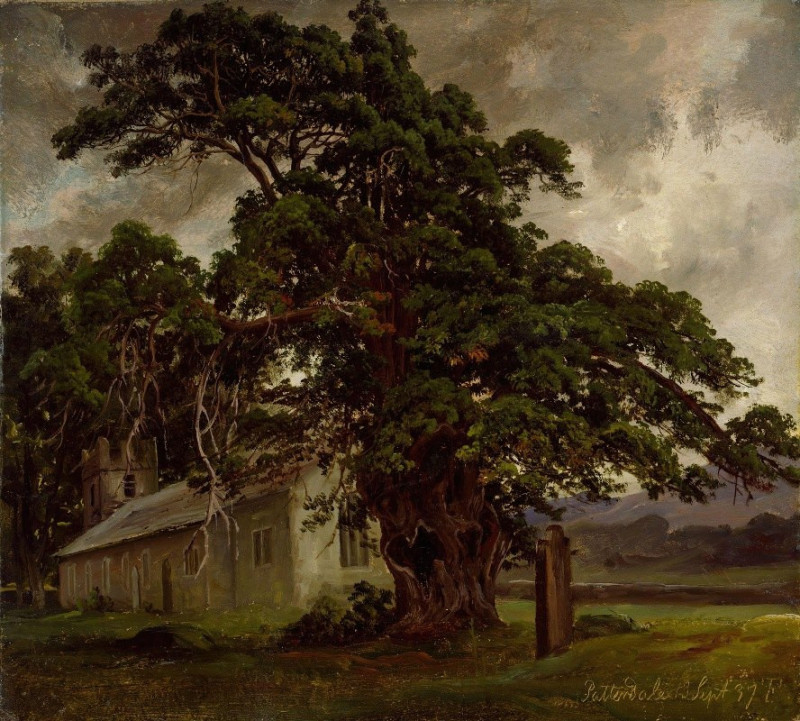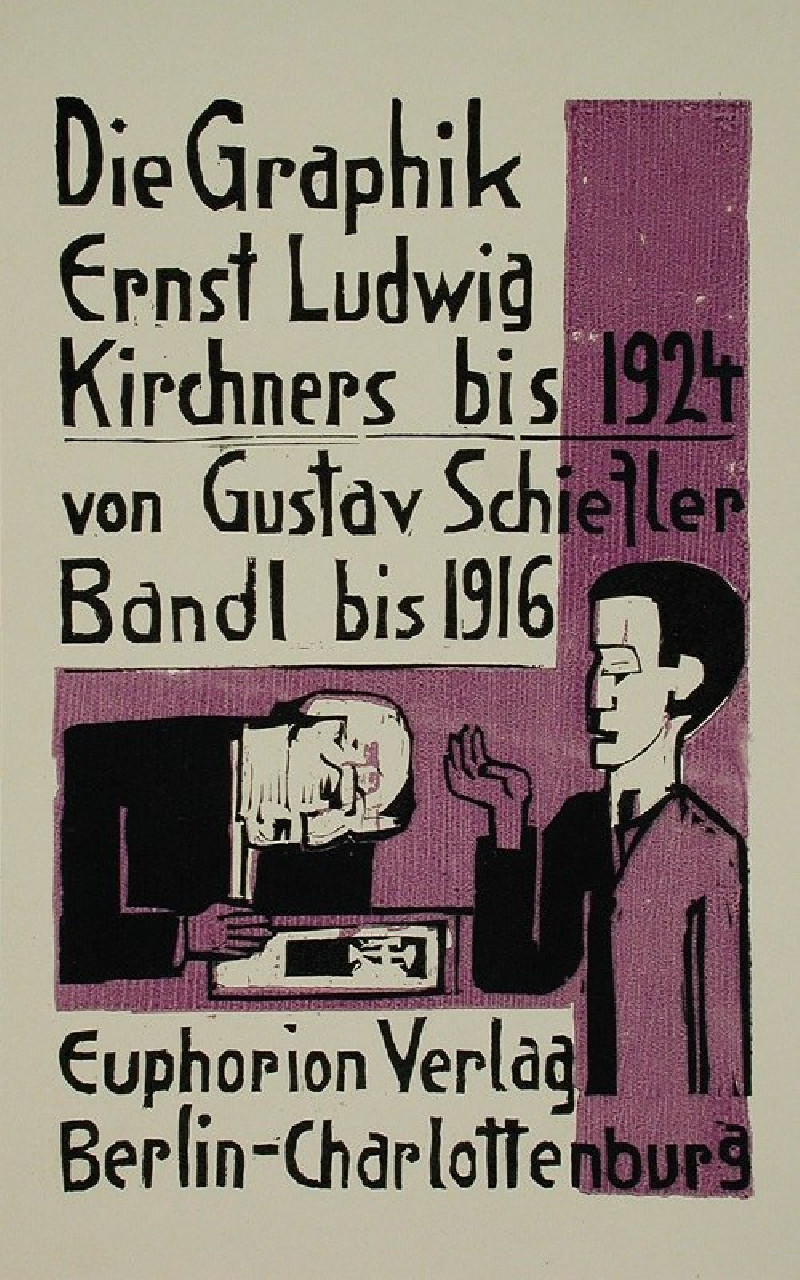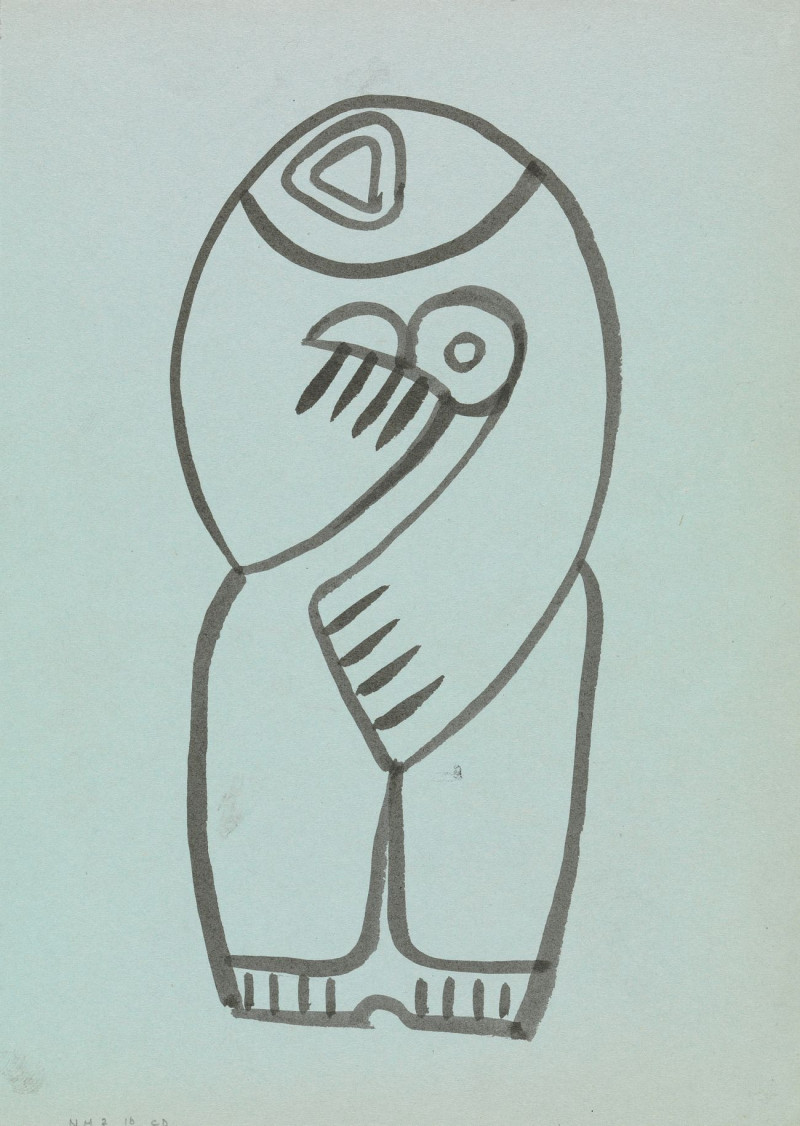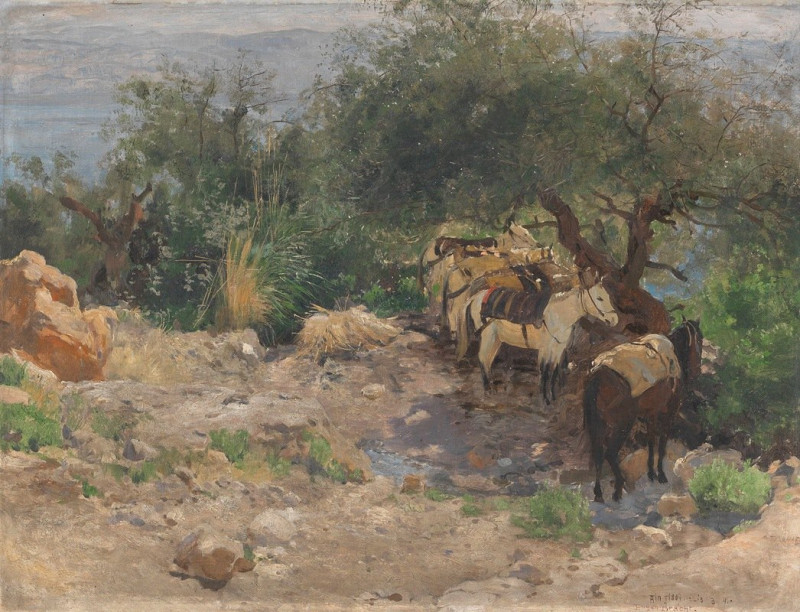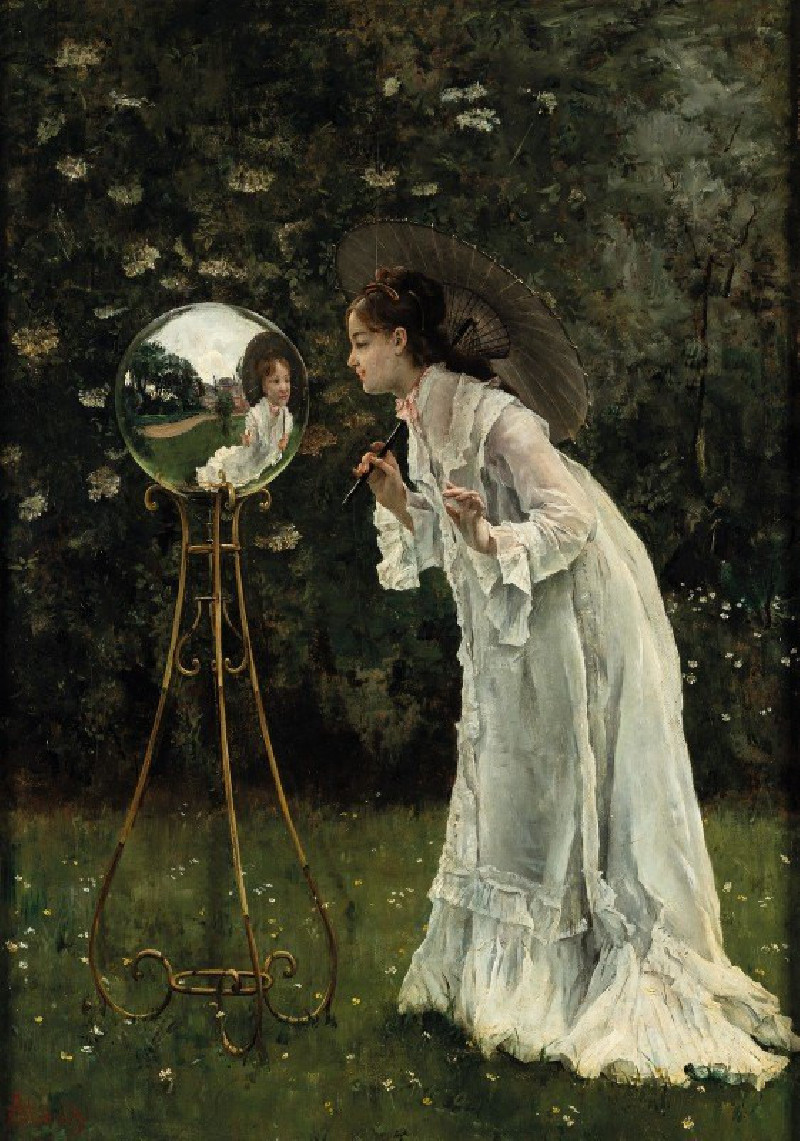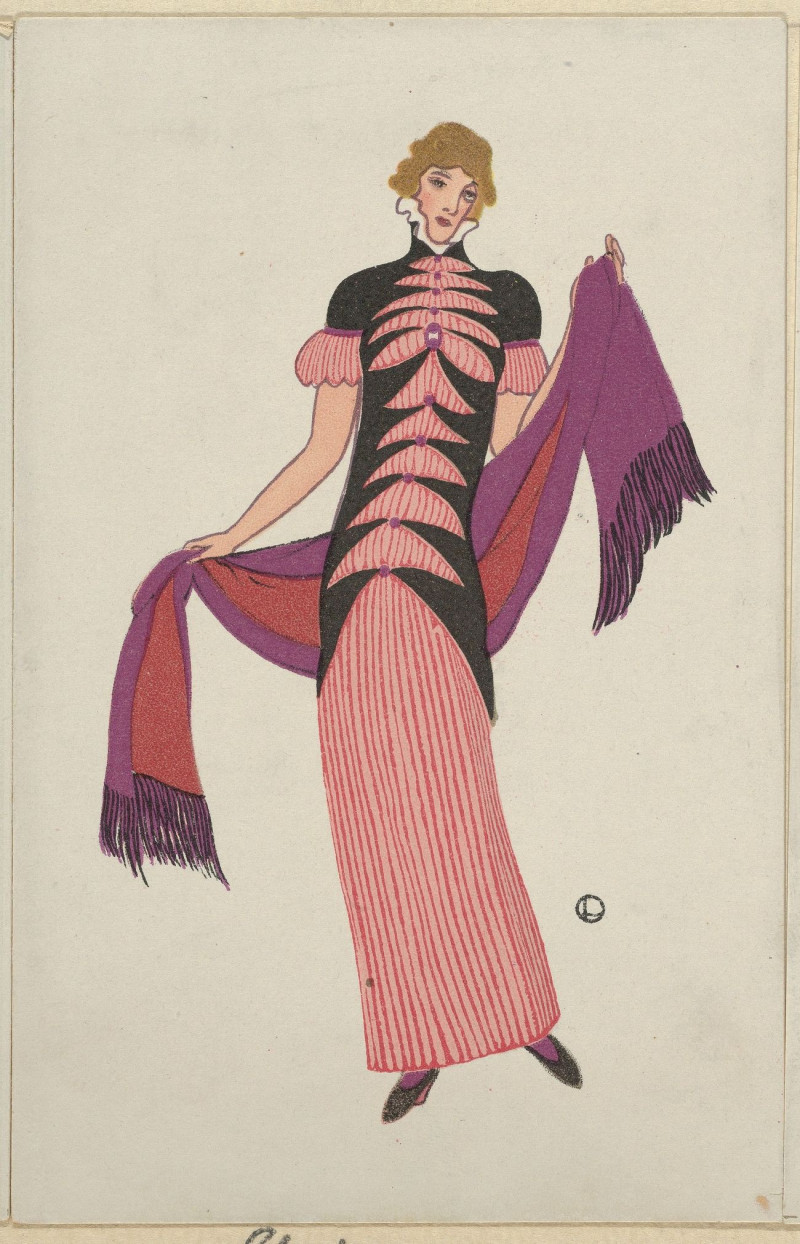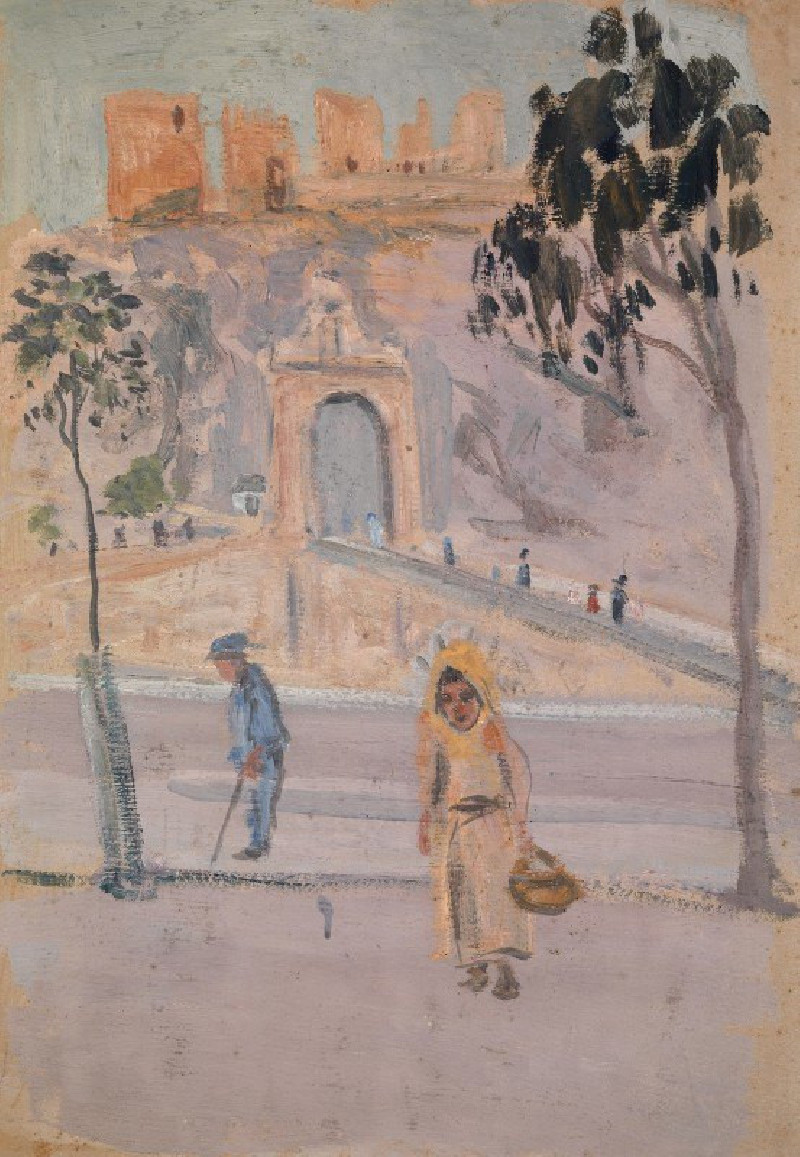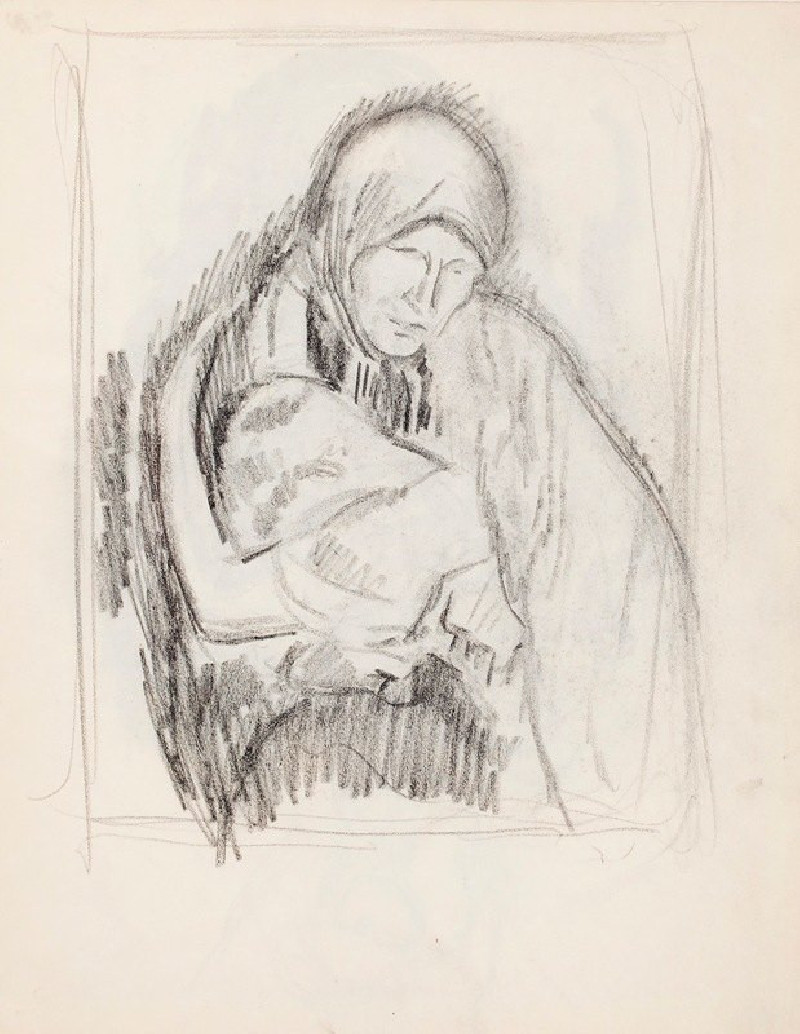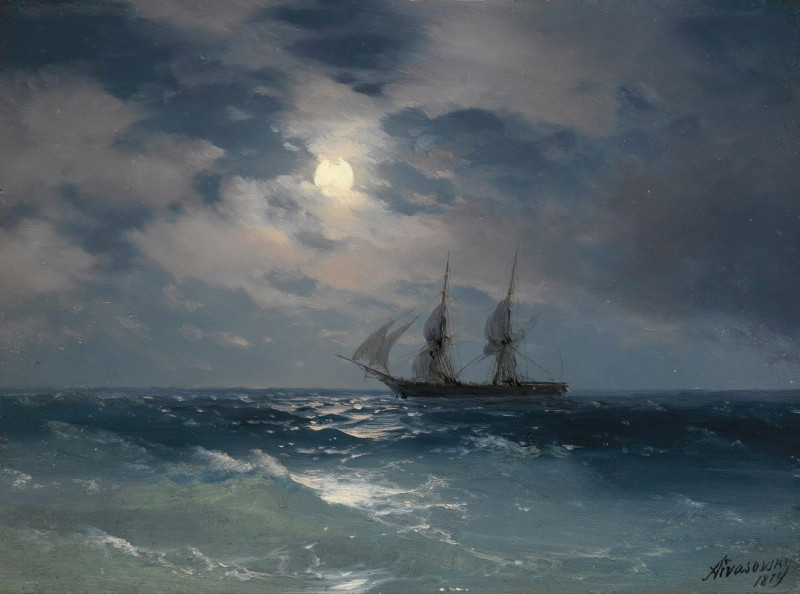Brothel Scene (1877)
Technique: Giclée quality print
Recommended by our customers
More about this artwork
Edgar Degas's sketch "Brothel Scene" from 1877 offers a boldly unfussy glimpse into the demi-monde of Paris during the late 19th century. This artwork, drawn with Degas’s characteristic swift lines, captures a moment in an everyday setting that contrasted sharply with the more rigid norms of Parisian society. The piece features two figures: a man and a woman arranged in a sparse, undefined room. The man, seemingly a patron, is seated and dressed indistinctly, holding a glass in his hand which suggests a casual atmosphere. Facing him, a woman stands with a pensive expression and an elaborate updo hairstyle typical of the era, her attire modest yet practical.The absence of elaborate details and the economy of strokes enhance the sketch's raw and momentary feel, allowing viewers to focus on the interaction between the figures. Such sketches contribute significantly to our understanding of Degas’s willingness to explore less conventional subjects, emphasizing not only his technical skill but also his observational depth.

